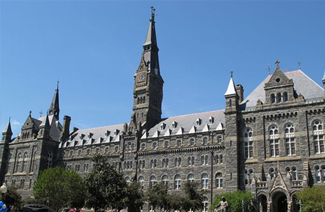提升阅读速度,掌握做题技巧,是拿到
PASSAGE 67
Geographers say that what defines a place are four properties: soil, climate, altitude, and aspect, or attitude to the Sun. Florida's ancient scrub demonstrates this principle. Its soil is pure silica, so barren it supports only lichens as ground cover. It does, however, sustain a sand-swimming lizard that cannot live where there is moisture or plant matter the soil. Its climate, despite more than 50 inches of annual rainfall, is blistering desert. The only plant life it can sustain is the xerophytic, the quintessentially dry. Its altitude is a mere couple of hundred feet, but it is high ground on a peninsula elsewhere close to sea level, and its drainage is so critical that a difference of inches in elevation can bring major changes in its plant communities. Its aspect is flat direct, brutal — and subtropical.
Florida's surrounding lushness cannot impinge on its desert scrubbiness. This does not sound like an attractive place. It does not look much like one either: shrubby little oaks, clumps of scraggly bushes prickly pear, thorns, and tangles. It appears, Said one early naturalist, to desire to display the result of the misery through which it has passed and is passing. By our narrow standards, scrub is not beautiful; neither does it meet our selfish utilitarian needs. Even the name is an epithet, a synonym for the stunted, the scruffy, the insignificant, what is beautiful about such a place?
The most important remaining patches of scrub lie along the Lake Wales Ridge, a chain of paleoislands running for a hundred miles down the center of Florida, in most places less than ten miles wide. It is relict seashore, tossed up millions of years ago when ocean levels were higher and the rest of the peninsula was submerged. That ancient emergence is precisely what makes Lake Wales Ridge so precious: it has remained unsubmerged, its ecosystems essentially undisturbed since the Miocene era. As a result, it has gathered to itself one of the largest collections of rare organisms in the world. Only about 75 plant species survive there, but at least 30 of these are found nowhere else on Earth.
1. What does the passage mainly discuss?
(A) How geographers define a place
(B) The characteristics of Florida's ancient scrub
(C) An early naturalist's opinion of Florida
(D) The history of the Lake Wales Ridge
2. The author mentions all of the following factors that define a place EXCEPT

















